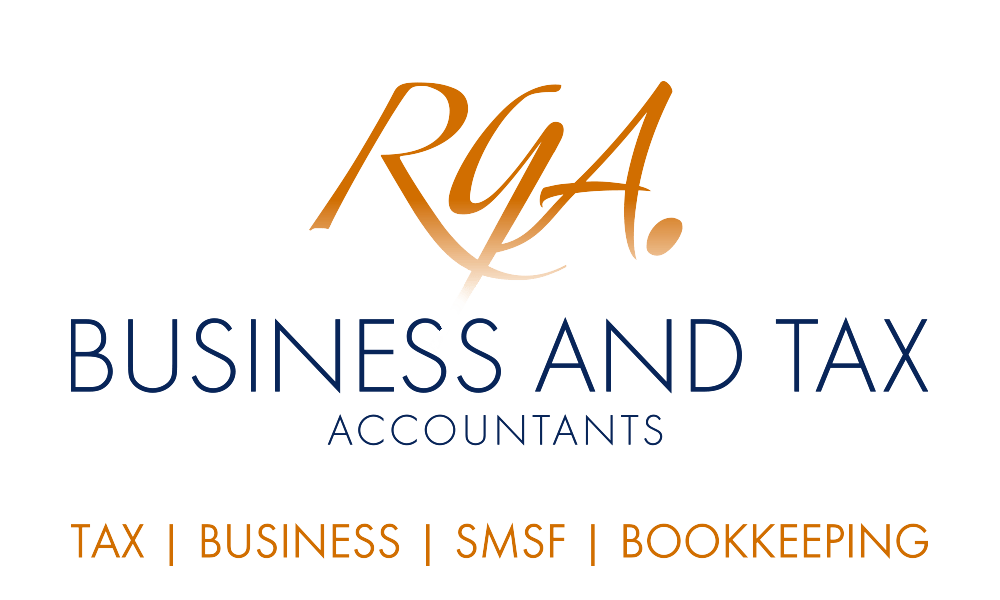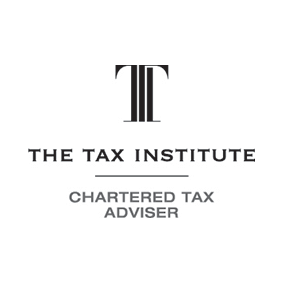If you own a small private company, perhaps with your spouse, think twice before borrowing money from that company. If the transaction is not recorded correctly you could end up paying tax on any loan thanks to the rules known as Division 7A. You as an individual and your company are different entities so using your business to fund private expenses may attract adverse consequences if proper advice is not sought.
The tax consequences don't only arise when you borrow money from your company. There are other transactions made between you as a shareholder and your company that will come under scrutiny by the rules of Division 7A. As these rules are complicated, we recommend that you contact us before putting any arrangements in place.
What is Division 7A?
Division 7A (Div A) refers to a group of anti-avoidance provisions from the Income Tax Assessment Act 1936 that prevent private companies distributing tax-free profits or assets to shareholders or their associates (eg, spouse, child or relative of the shareholder) in the form of informal transactions such as loans, payments or forgiven debts. The use of certain company assets, for example a holiday house by a shareholder, is also caught by the rules.
If Division 7A applies, the amount received by the shareholder will be included in his or her tax return as unfranked dividends and will be taxed at the marginal tax rate without receiving any credit to reduce the tax bill.
How does Div A apply to some transactions?
The main arrangements and situations that are caught by Division 7A rules are as set out below.
Loans
For example, if a shareholder borrows money from the company and the amount is not repaid before the company lodges its tax return for the financial year in which the loan was made, that amount will be deemed as dividends paid to the shareholder. However, loans made for a maximum of seven years (or 25 years if secured by a mortgage) with an interest rate at least equal to the benchmark interest rate will comply with the rules.
Payments
Division 7A also applies when the company makes payments to a shareholder, including the use of a company's asset for less than market value. The use isn't limited to actual use, but includes availability for use, for example, a yacht is available for a shareholder's use because the shareholder holds the keys, even though actual use is relatively infrequent.
If the payment is provided to a shareholder in their capacity as an employee of the private company, eg, as a director, fringe benefits tax (FBT) will apply instead of Division 7A. Note that benefits received by the shareholder-employee valued at less than $300, say for a Christmas gift or food hamper, are exempt from FBT.
Debts forgiven
Amounts of debts owed by a shareholder to the company that the company forgives will be deemed as dividends.
Interposed entities
Division 7A can also apply when a private company provides a payment or loan indirectly to a shareholder by using another entity. The other entity, known as an "interposed entity", can be an individual, company, partnership or trust and sits between the private company and its shareholder.
What about family trusts?
Family businesses can be structured as discretionary trusts with bucket companies set up as beneficiaries for the purposes of income distribution. Therefore, if you are the trustee, be aware that when you declare a distribution of income to the company beneficiary and it remains unpaid (known as unpaid present entitlement, or UPE), that UPE will be treated as a loan from the private company to the trustee, hence giving rise to a deemed dividend under Division 7A.
Need more help?
Division 7A rules are far-reaching and can apply to a vast array of situations, so please talk to us to review your circumstances and arrangements in light of these anti-avoidance provisions. We can help!
Call us at Robert Goodman Accountants on 07 3289 1700 or email us at reception@rgoodman.com.au .
© Copyright 2018. All rights reserved. Source: Thomson Reuters. Brought to you by Robert Goodman Accountants.










